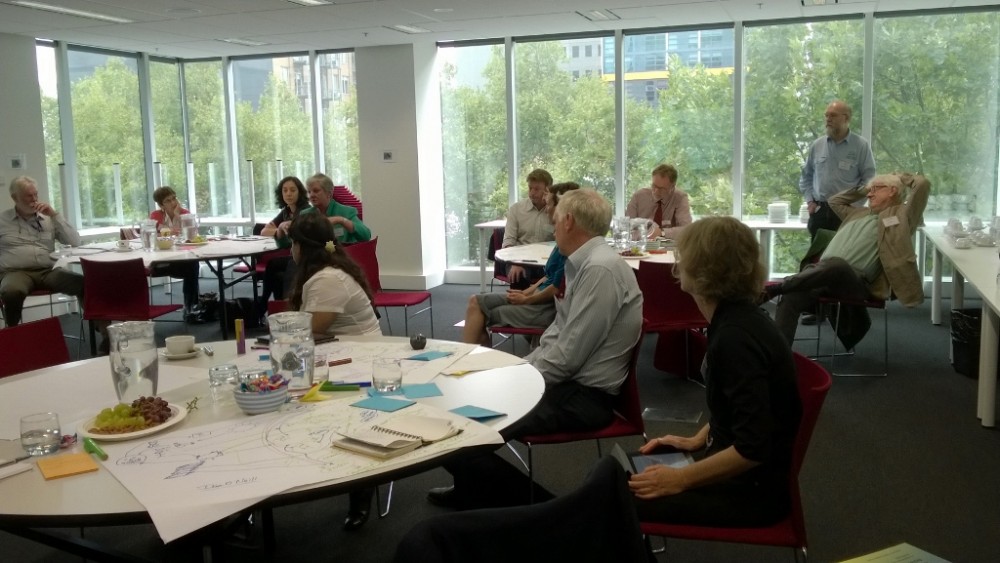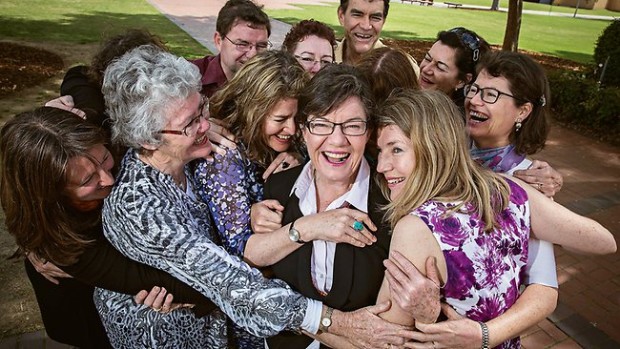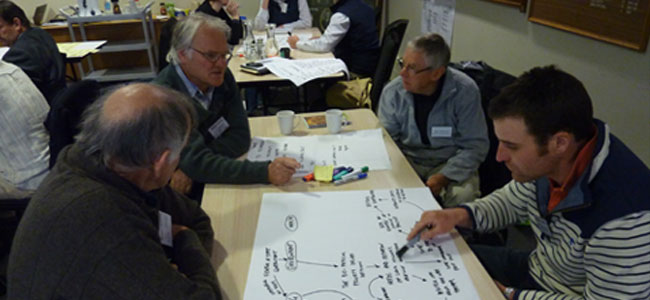The Wettenhall funded “Taking Landcare Planning to the Next Level” is winding up. the workshops with Goulburn Broken Landcare were a stunning success, and the big question is what next. I’ve a report of findings and broad recommendations in draft, and I’m working out what specific new projects might be ventured.
CLEA (Community Learning for Environmental Action) is well underway, with a trial of QWEA completed, and a first round of interviews with exec and staff of Landcare networks, and the beginning of a regular email letter with links to the CLEA blog, and CLEA holdings. I”m getting ready for a curated issue on a theme, and asking how to avoid simply becoming a warehouse.
There are several spin-off projects in the queue: taking the Goulburn Broken Landcare material on Questions Without Easy Answers and seeding out the questions and answers through the region; costing what it would take to contract a journalist to interview around a theme in a region, probably the Corangamite region.
New preoccupations, as I pull mroe stories out of the interviews I’ve done, is how to get autonomous production of stories at regional level, and how to link inquirers.
Moragh Mackay and I took systemic inquiry to the big smoke, with the two current regional inquiries sitting down with people at State/Federal level in Victoria interested in improving NRM governance. A great crew cam together to put on the event – Catherine Allen, Institute for Land, Water and Society, Charles Sturt Univesity, and Ray Ison, Phil Wallis and Seanna Davidson from the Systemic Governance Research Program, Monash University Sustainability. We put out an invitation, and ended up with about 20 of us in the room.
People really like being about to sit down with others and talk. We surfaced severn possibilities for further inquiry:
- How can we measure the social side of NRM?
- What narrative will legitimate investment in the capacity of land managers?
- What would be a good process for planning for biodiversity in Victoria?
- How can the performance of NRM organisations be assessed?
- How can the language of goals, targets and outcomes used in NRM be improved?
- How can we interact with the NRM funding environment in ways that minimise competition and enhance co-operation?
- How can we do NRM planning in ways that are fit-for-purpose in a climate-changing world?
Talk about questions without easy answers! For those who came, the ball’s in their court now. We’re inviting people to be self-organising – if they want to keep talking about these things, get it organised, and we’ll show up. Or hire us to organised it.
Meanwhile, on the ground, Riddells Creek Landcare’s multichannel communication strategy is bedded in, with a monthly posting to the local rag, Riddell Roundup, to the RCL blog, and hard copy hand out of the same story on the desk at the Riddells Creek farmers market every two months.
That’s a lot of writing and webby cross-weaving! I’m very happy most of the time. Occassionally I think maybe I’ve wandered right off the map.
Finding others with similar interests remains a major focus for me.



